Study results provide a tangible pathway for developing snapper and grouper fishery improvement strategies
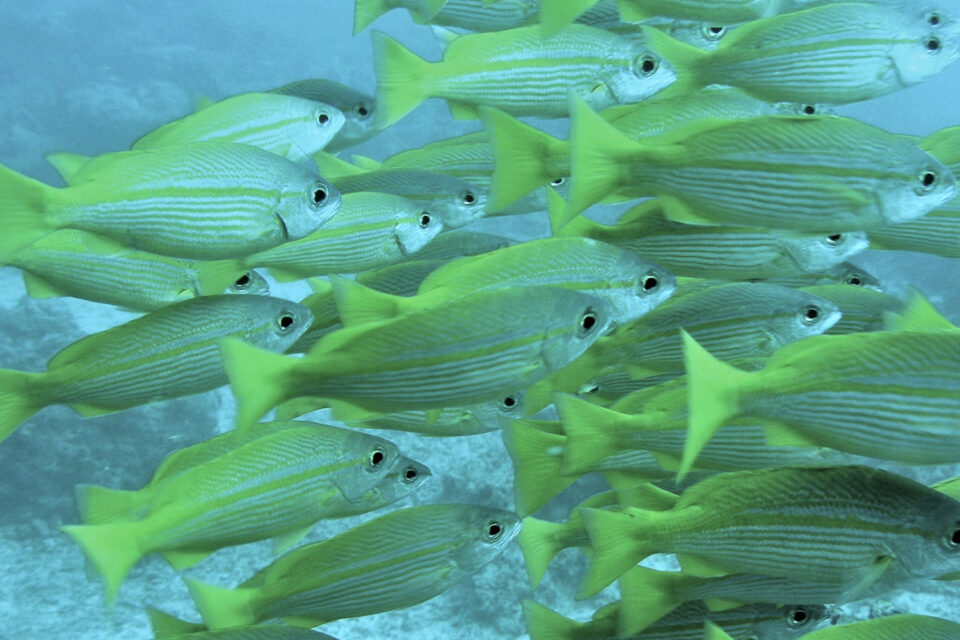
Marine fisheries play an important role in global food security and also provide job opportunities and livelihoods for many coastal communities. However, effective management of many species is often challenged by the limited quantity and quality of information available. Life-history information, fishery-independent data, and species-specific catch data are very expensive and time-consuming to obtain, and a large number of commercially exploited stocks lack quantitative assessments and reliable estimates of stock status.
Data-availability problems tend to be more prominent in areas with high species diversity and where fisheries play a crucial role in food security, particularly in tropical areas and low-income countries in Africa, Asia, Oceania and the Caribbean. This is often the case for snapper and grouper fisheries, which are valuable resources with high commercial value and high demand in major international markets. These fisheries also support the livelihoods and food security of many local, small-scale fishing communities worldwide.
Commonly, the “snapper” designation refers to species of the family Lutjanidae, while “grouper” are usually defined as species of the subfamily Epinephelinae. Despite their importance, the status of many snapper and grouper fisheries is unknown, particularly in the cases of small-scale fisheries in developing countries where the reporting system is absent or insufficient. A recent study categorized 70 percent of global snapper and grouper fisheries at a low knowledge outcome, with only 2 percent of fisheries at a high knowledge outcome. The life-history characteristics of these species (e.g., slow-growing, late-maturing, seasonal spawning aggregations), combined with external threats [such as nursery habitat destruction, juvenile extraction, use of destructive fishing gear and illegal, unreported and unregulated (IUU) fisheries] make them particularly susceptible to overexploitation.
Very few fully quantitative stock assessments have been conducted on snapper and grouper fisheries, and those that have mainly focus on North America. For snapper and grouper fisheries, as well as for most of the world’s data-limited fisheries, independent survey estimates of fish abundance are not available and reported landings are often the main, and in many cases the only, source of information for those resources. Catch-based methods have been developed, but these methods require additional assumptions, information, and further methodological procedures to estimate stock status, which has made their application much debated.
This article – adapted and summarized from the original publication (Amorim, P., et al. 2019. Sustainability Status of Data-Limited Fisheries: Global Challenges for Snapper and Grouper. Front. Mar. Sci., 23 October 2019) – reports on a study combining different sources of information to obtain a comprehensive understanding of the sustainability status of global snapper and grouper fisheries. The main goals were to provide an overview of the current status and trends of these resources based on the most recent data available, identify the main regions and/or countries where improved management and/or research actions are crucial, and find alternative sources of information that can be used to inform the status of snapper and grouper fisheries.
Study setup

Three main approaches were applied to gain an understanding of the sustainability status of snapper and grouper fisheries worldwide (Fig. 1). First, the fishery status of the snapper and grouper species was determined by applying existing criteria for the classification of stock status and fishing pressure to the sources of information compiled. Second, time-series data on snapper and grouper landings reported to the Food and Agriculture Organization of the United Nations (FAO) were analyzed to understand trends over time. Third, research was conducted on alternative sources of information that could be used as proxies for the status of the fisheries.
For detailed information on the fisheries status; biomass stock status and fishing pressure categories; biomass and fishing mortality indices; FAO landings trends analysis; and alternative sources of information on fisheries status used in this study, refer to the original publication.
Results and discussion
The fisheries database included 65 species of the snapper family Lutjanidae family and 111 species of the family Serranidae, a total of 176 different species, from 73 different countries. These countries, in aggregate, represented 95 percent of the global reported landings (by weight) of snapper and grouper in 2015. For about 18 percent of the fisheries, no species-specific information was found. In these cases, the fisheries were aggregated by genera or family. For 62 percent of the 719 fisheries included in the database (293 lutjanids and 426 serranids), the stock structure is unknown. The number of fisheries by country included in the database was very variable. Indonesia, India, Mexico, and the United States are the countries with the highest number of fisheries included in the database.
For the majority of countries, including the 10 top producers, the snapper and grouper fisheries analyzed have no information on the sustainability status of these important resources, or, in some cases, the status is unknown or undefined. From the total of the snapper and grouper fisheries included in this study (n = 719), only for 24 percent (n = 174) was it possible to classify their biomass stock status based on the FAO classification (categories: non-fully exploited, fully exploited, and overexploited). About half of these fisheries were classified as overexploited, 30 percent as non-fully exploited, and 19 percent as fully exploited. Non-fully exploited fisheries presented a low confidence level as to their status when compared with other categories.
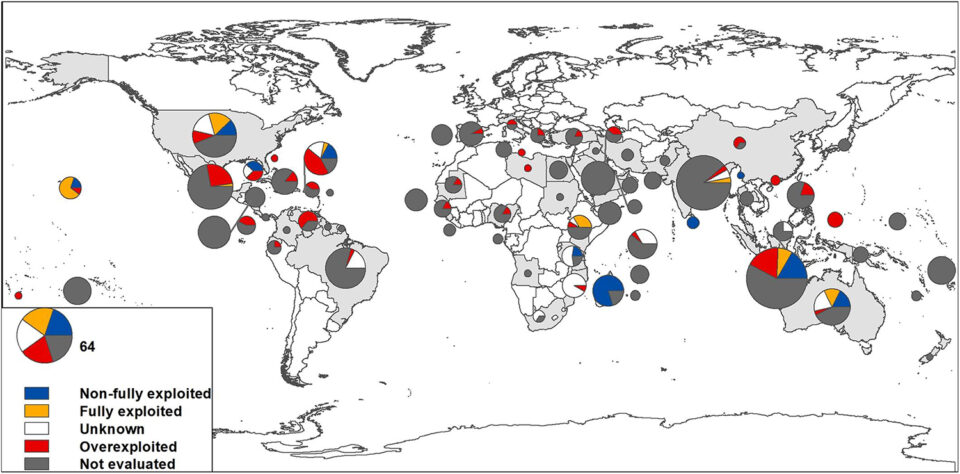
In general, quantitative data is limited, but the few biomass indices calculated for snapper and grouper fisheries indicated that the current biomass of the stocks is slightly below the biomass reference points, reinforcing the perception that these stocks are mostly fully or overexploited. Furthermore, knowledge about fishing pressure in snapper and grouper fisheries worldwide is very limited: about 90 percent of the fisheries for which data were compiled have no fishing mortality information available. For the few fisheries with data on fishing pressure, the no overfishing category was more frequent than was overfishing. Although focused on a restricted group of deep-water snapper species, a study undertaken in the Indo-Pacific region noted that these species have low production potential and suggested that sustainable exploitation rates and potential yields should be low.
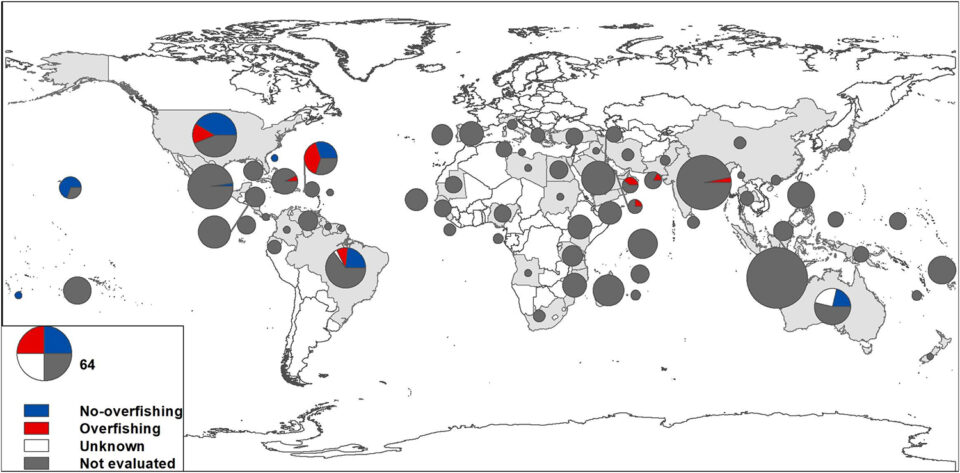
Globally, there is a lack of previous studies on snapper and grouper sustainability status. However, the global trends of the world’s marine fish stocks indicated that the level of overfished fishery resources in 2015 was around 33 percent (less than for snapper and grouper) but that the level of underfished resources was about 7 percent, well below the level observed for the snapper and grouper fisheries. These results reinforce the idea that those resources are easily overexploited.
Although the methodology of the FAO is flexible enough to classify the status of fish stocks without analytical assessment, this study shows that, for data-limited fisheries, the application of the FAO’s approach still leaves out fisheries where only landings data is available. In addition, the results of the trend analysis of FAO landings data were not consistent with the biomass stock status classification method. The trend analysis identified fisheries in transition from being fully exploited to being overexploited, which results from low temporal resolution. In future studies, a higher temporal resolution of landings data should be considered, at least for recent years. Furthermore, these results might be related to the level of commercial interest, i.e., highly valuable fisheries (which are more likely to be subjected to assessments) are more likely to be exposed to higher exploitation rates over longer periods of time and will thus have higher propensities for overexploitation.
The approach applied in the trend analysis of FAO landings data is limited in that it allows stocks to be classified as “developing” only in the years preceding the maximum catch of the time series and as “overexploited” only in the years after this maximum catch. Despite its limitations, this approach has been partially applied in previous studies. To improve on these results, however, they should be combined with other relevant information, e.g., (1) considering that snappers and groupers are targeted by their fisheries during their spawning aggregations, thus leading to potentially misleading interpretations; (2) accounting for the quality of the underlying catch data; and (3) accounting for the method used to set catch limits.
The results achieved in this study facilitate a comparative analysis among countries or territories, identifying the regions where the sustainability of these resources is at higher risk and highlighting the geographic areas where there is more uncertainty about the status of snapper and grouper stocks and associated fisheries. These results provide a tangible pathway for developing snapper and grouper fishery improvement strategies.
Regarding alternative proxies of the status of the fisheries, one of the major outcomes of this study is the identification of alternative sources of information that might provide inferences on the status of these resources. Our results highlight the importance of correct classifications, i.e., misclassification, notably for non-fully exploited fisheries, might lead to overestimation of the biomass status of snapper and grouper fisheries in developing and least developed countries, where information on the fisheries status is usually limited. Our results corroborate those of other, similar catch-based studies.
In addition, our results suggest that various indices – such as the Human Development Index (HDI) vulnerability; the Environmental Performance Index (EPI); Gross Domestic Production (GDP) per capita; governance; and cumulative impacts – may be used to infer the biomass status of snapper and grouper fisheries. Of these, the HDI seems to be highly correlated with the exploitation categories, suggesting that countries with low HDI tend to have snapper and grouper fisheries that are in the non-fully exploited category. Note that snapper and grouper stocks predominantly dwell in tropical and subtropical oceans, are relatively coastal, and are associated, typically, with highly diverse coral reefs. That is, these species are found mostly in developing countries, where they are typically targeted by small-scale fisheries.
This might suggest that snapper and grouper habitats are not conducive to the gear typically employed by industrial fishing fleets in high HDI countries. However, more information and analysis would be required to understand which factors are most influential over the trend found in this study and how any regionally observed exceptions can be interpreted from the data. Like HDI, low EPI showed a slight correlation with the non-fully exploited fisheries category, fully exploited fisheries are associated with higher governance and low cumulative human impact values, and as expected, overexploited fisheries are common for highly vulnerable species. Conversely, OHI, life-history parameters, trophic level, and total human population did not present significant relationships with the biomass status categories or with fishing pressure.

Perspectives
Results of our study provide an overview of the current status and trends of snapper and grouper fishery resources and suggest alternative sources of information that could be used to determine the status of snapper and grouper fisheries, as well as other data-limited fisheries. Several complementary approaches were explored, including determination of the status of snapper and grouper fisheries based on FAO assessment criteria, analysis of landings time-series trends, and investigation of whether other variables could be used as proxies for fishery status.
About half of these fisheries were classified as overexploited, 30 percent as non-fully exploited and 19 percent as fully exploited. The FAO landings data indicated that the number of overexploited fisheries has been increasing over the years and that most of these fisheries are in transition between the fully exploited and overexploited statuses.
The three approaches we used are balancing and require data that are relatively easy to obtain. The methodology depends heavily on data availability across the spectrum of variables for the same species or stocks, and thus should not replace a more robust analysis when data are available. However, it provides an alternative and more feasible method than the average suite of methodologies designed for data-rich fisheries and may generate impactful inferences for fisheries managers.
Now that you've reached the end of the article ...
… please consider supporting GSA’s mission to advance responsible seafood practices through education, advocacy and third-party assurances. The Advocate aims to document the evolution of responsible seafood practices and share the expansive knowledge of our vast network of contributors.
By becoming a Global Seafood Alliance member, you’re ensuring that all of the pre-competitive work we do through member benefits, resources and events can continue. Individual membership costs just $50 a year.
Not a GSA member? Join us.
Authors
-
Patrícia Amorim, Ph.D.
Corresponding author
Department of Oceanography and Fisheries (DOP), University of the Azores, Horta, Portugal; and Marine and Environmental Sciences Centre (MARE), Institute of Marine Research (IMAR), Azores, Portugal; and Sustainable Fisheries Partnership Foundation (SFP), Honolulu, HI, United States -
Pedro Sousa, Ph.D.
Sustainable Fisheries Partnership Foundation (SFP), Honolulu, HI, United States
-
Ernesto Jardim, Ph.D.
European Commission, Joint Research Centre (JRC), Directorate for Sustainable Resources, Water and Marine Resources Unit, Ispra, Italy
-
Gui M. Menezes, Ph.D.
Department of Oceanography and Fisheries (DOP), University of the Azores, Horta, Portugal
Tagged With
Related Posts
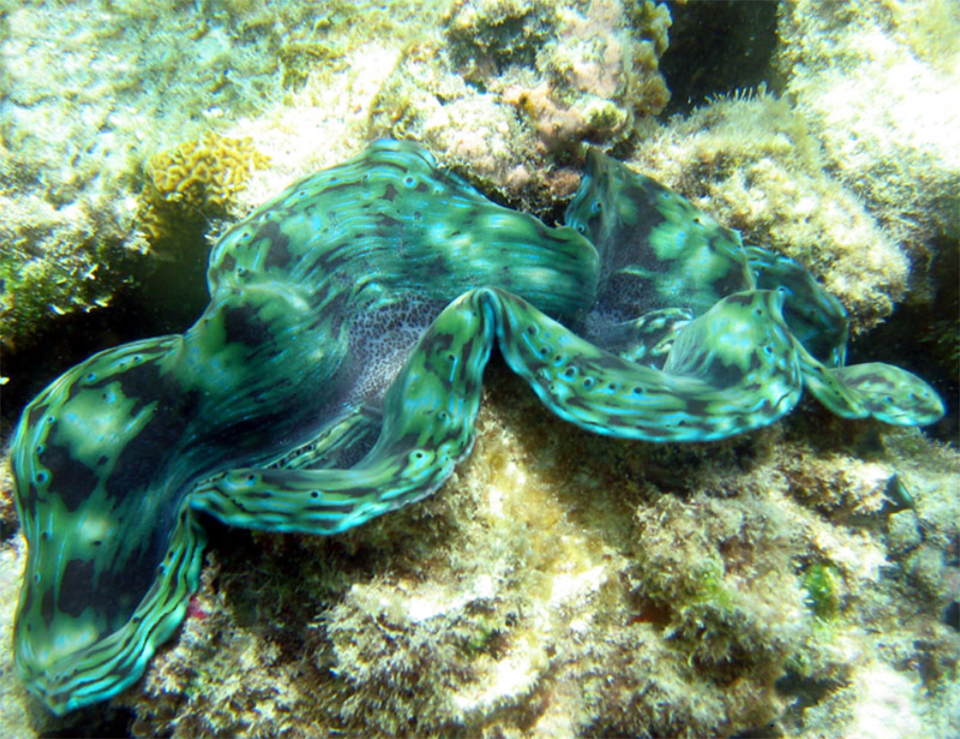
Responsibility
A global overview of restorative shellfish mariculture
A review of restorative shellfish mariculture case studies around the world to identify emergent patterns across species and ecoregions.
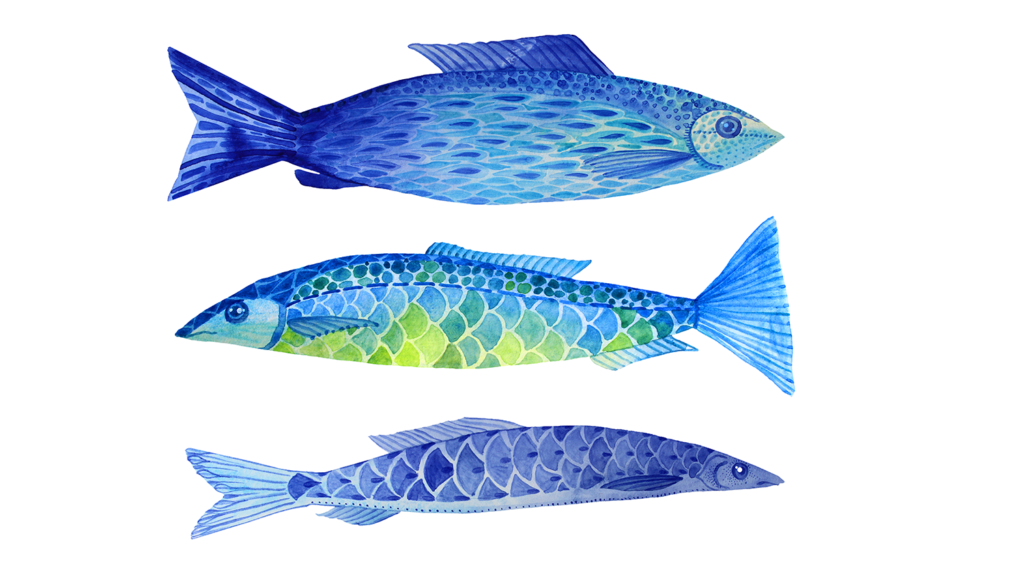
Responsibility
A wider view: It’s blue food’s time
There is urgency to conversations about the role of blue food in mitigating climate change, increasing momentum toward some specific goals.
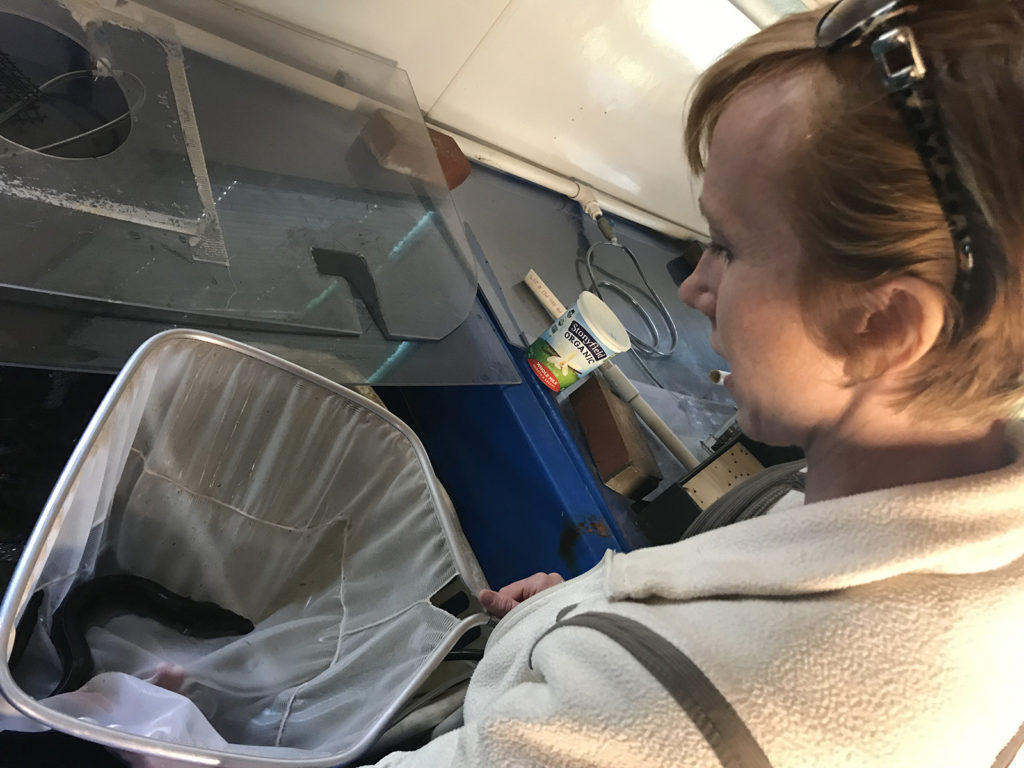
Innovation & Investment
American Unagi brings eel farming back ‘home’
Sara Rademaker launched American Unagi to shift eel farming to American soil, where the eels are from. Why? Because of the novelty, and because she saw an opportunity to do things better.
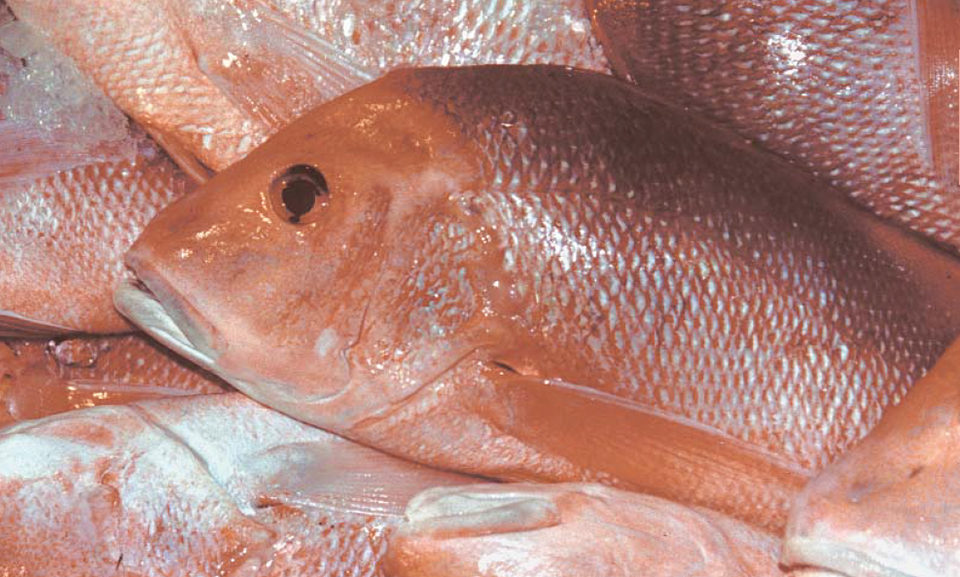
Intelligence
Culture of red snapper
At the Gulf Coast Research Lab in Mississippi, red snapper have been reared during the past three summers and released offshore for two years.



